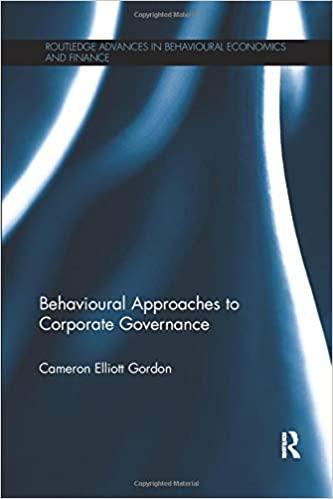Paragraph Styles 5 2 1 MI 3 6 I 1. Suppose that the price of stock X at close of trading yesterday was $100 and its volatility was estimated as 2% per day. The price of X at the close of trading today is $96. Suppose further that the price of Asset Y at the close of trading yesterday was $50, its volatility was estimated as 1.5% per day, and its correlation with X was estimated as 0.5. The price of Y at the close of trading today is unchanged. Update the volatility of X and Y and the correlation between X and Y using The EWMA model with 2-0.94. b. The GARCH(1,1) model with = 0.000002. a = 0.04, and B 0.94. a. The GAROH,1) model with 05 0.000002, a. 0.04, and 1= 0.94. a. 2. Consider two investments, Each has a 5% chance of a loss of $20 million, a 2% chance of a loss of $0.5 million, and a 93% chance of a profit of $2 million. They are independent of each other. What is the 95% confidence level VaR for each of the investments? b. What is the 95% confidence level ES for each of the investments? c. What is the 95% confidence level VaR for a portfolio consisting of the two investments when the confidence level is 95%? d. What is the 95% confidence level ES for a portfolio consisting of the two investments when the confidence level is 95%? 3. Daily returns for a $5 million portfolio are normally distributed with a mean of 0.05% and a standard deviation of 1%. The portfolio has a first-order autocorrelation coefficient of 0.15. a. Compute the 95% confidence level 1-day, 10-day, and 50-day VaR of the portfolio neglecting the autocorrelation. b. Compute the 95% confidence level 1-day, 10-day, and 50-day VaR of the portfolio taking the autocorrelation into account. I 2 4. You are managing a $10 million equal-weighted portfolio of stocks and corporate bonds, That is, you have $5 million in stocks and $5 million in bonds, Download two years of daily data for SPY and LQD as proxies for the stock and corporate bond market. You can download this data from here: https://finance.yahoo.com/quote/SPY/history?p=SPY https://finance.yahoo.com/quote/LQD/history?p LOD a. Using the historical method, compute the 99% confidence level VaR and Es for each of these position as a standalone investment. b. Using the historical method, compute the 99% confidence level VaR and ES for the portfolio. c. Compute the dollar benefits (or lack thereof) of diversification for reducing Var. d. Within the two-year sample, find the 251-day stressed period (a period with a high volatility). Use that period to compute the 99% confidence level stressed VaR and stressed ES. deviation for SPY and LQD 5. Using data from question 5, compute mean and standard deviation for SPY and LQD returns, and the correlation between their returns. a. Assuming returns are normal, compute the 99% confidence level VaR and ES for each of these position as a standalone investment, and for the portfolio. b. Using parameter estimates in a compute the dollar benefits (or lack thereof) of diversification for reducing Yar c. Using the portfolio mean and SD you found in a, simulate 500 returns. That is, you generate 500 random data points (as 500 days) for the portfolio. Compute the 99% confidence level VaR and ES using this data. d. Compare and comment on your portfolio VaR estimates from 5 (historical method), 6.a (analytical or model-building approach), and 6.c (simulation). 3 3 RE 4 5. 6. Suppose a four-year corporate bond provides a coupon of 6% per year payable semiannually and has a yield of 4% (semiannual compounding). The yield for all maturities on risk-free bonds is 3% per annum (semiannual compounding). Assume that defaults can take place every six months immediately before a coupon payment and the recovery rate is 30%. Estimate the default probabilities assuming i. The unconditional default probabilities are the same on each possible default date ii. The default probabilities conditional on no earlier default are the same on each possible default date. Paragraph Styles 3 41 5 6 7. A company has one- and two-year bonds outstanding, each providing a coupon of 5% per year payable annually. The yields on the bonds (expressed with continuous compounding) are 3.0% and 3.5%, respectively. Risk-free rates are 2.0% for all maturities. The recovery rate is 50%, Defaults can take place halfway through each year, Estimate the risk-neutral default rate each year. 8. Provide an overview of changes in capital requirements for banks in the following order (you can use a textbox to type the respond): a. How did the regulators determine capital requirements prior to the 1988 BIS accord (Basel 1)? How did these requirements change in Basel I? b. What changed under the 1996 Amendment? c. Briefly comment on the three "pillars" of Basel II d. What are the six major components of Basel III? e. What is the difference between VaR as it has been traditionally measured and stressed Var














